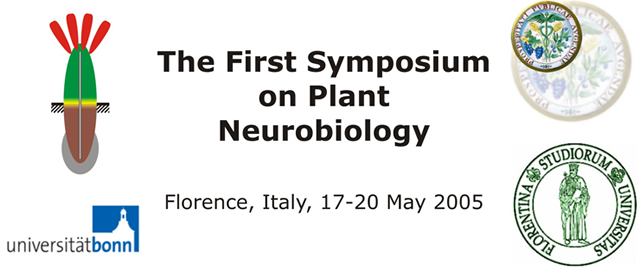|
Auxin distribution network as a means to integrate and process signals in plant
development |
| |
|
Marta Michniewicz, Jozef Mravec, Tomasz Paciorek, Kamil Ruzicka, Michael Sauer, Anne Vieten,
Justyna Wisniewska and Jiri Friml* |
|
Zentrum für Molekularbiologie der Pflanzen,
Universität Tübingen, Auf der Morgenstelle 3, 72076 Tübingen,
Germany |
| *email:
jiri.friml@zmbp.uni-tuebingen.de
|
| |
|
Plant hormone auxin is a prominent intercellular signal in
plants. Auxin distributed over long distances largely contributes to the coordination and integration of
growth at the whole plant level. On the other hand, directional, active, cell-to-cell transport over short
distances mediates local, differential auxin distributions (gradients), required for various patterning
processes, including apical-basal axis formation and organogenesis. Also growth responses to environmental
cues such as light or gravity utilize a similar mechanism involving auxin gradients. Differentially expressed
auxin transport facilitators of the PIN family, each with specific polar, subcellular localization form a
network for auxin distribution and formation of these local gradients. The activity of PIN proteins can be
regulated at the single cell level by changes in their vesicle trafficking-dependent polar targeting in
response to developmental and environmental cues. Thus, this auxin distribution network, whose directional
throughput is modulated by both endogenous and exogenous signals, provides, by means of mediating auxin fluxes
and creating local gradients, a common mechanism for the plasticity and adaptability of plant
development. |

